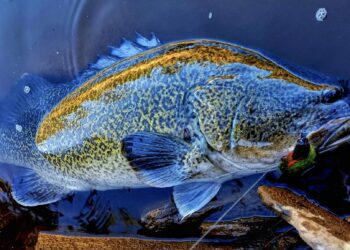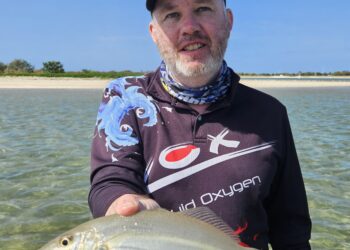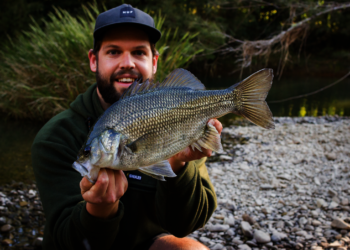ON a crisp late autumn morning, Batemans Bay-based fishing guide “Jewie” Josh Badenoch drops anchor and starts setting up the first of his baited lines.
He is virtually the only boat on the water, even though it’s a Saturday morning. Sometimes, especially when the weather cools, he has the Clyde River to himself.
Once the baited lines are in position, he starts judiciously berleying. It’s a process he goes through every time he hits the water.
As he lays a trail of cubed garfish, mullet and yellowtail behind the boat, his customised berley bucket, filled with a “secret” concoction, goes to work in the depths.

Josh has been perfecting his recipe for years and now has a mix that attracts nearby fish like a magnet.
It contains a blend of pellets, fish oil and other components, but the exact ingredients are a mystery, which he guards with the same sort of secrecy as KFC does with its famed 11 herbs and spices.
It’s gained such a reputation, Josh now sells his magic mixture, complete with specially designed berley buckets, to punters on the south coast. It’s called Burley To Go. There are more details on his website and social media channels.
Within minutes of laying the berley trail, the Clyde’s population of bream, flathead and mulloway detect the scent and move into feeding mode.
The first bites rattle the rod tips, signalling the start of yet another action-packed four or five hours.
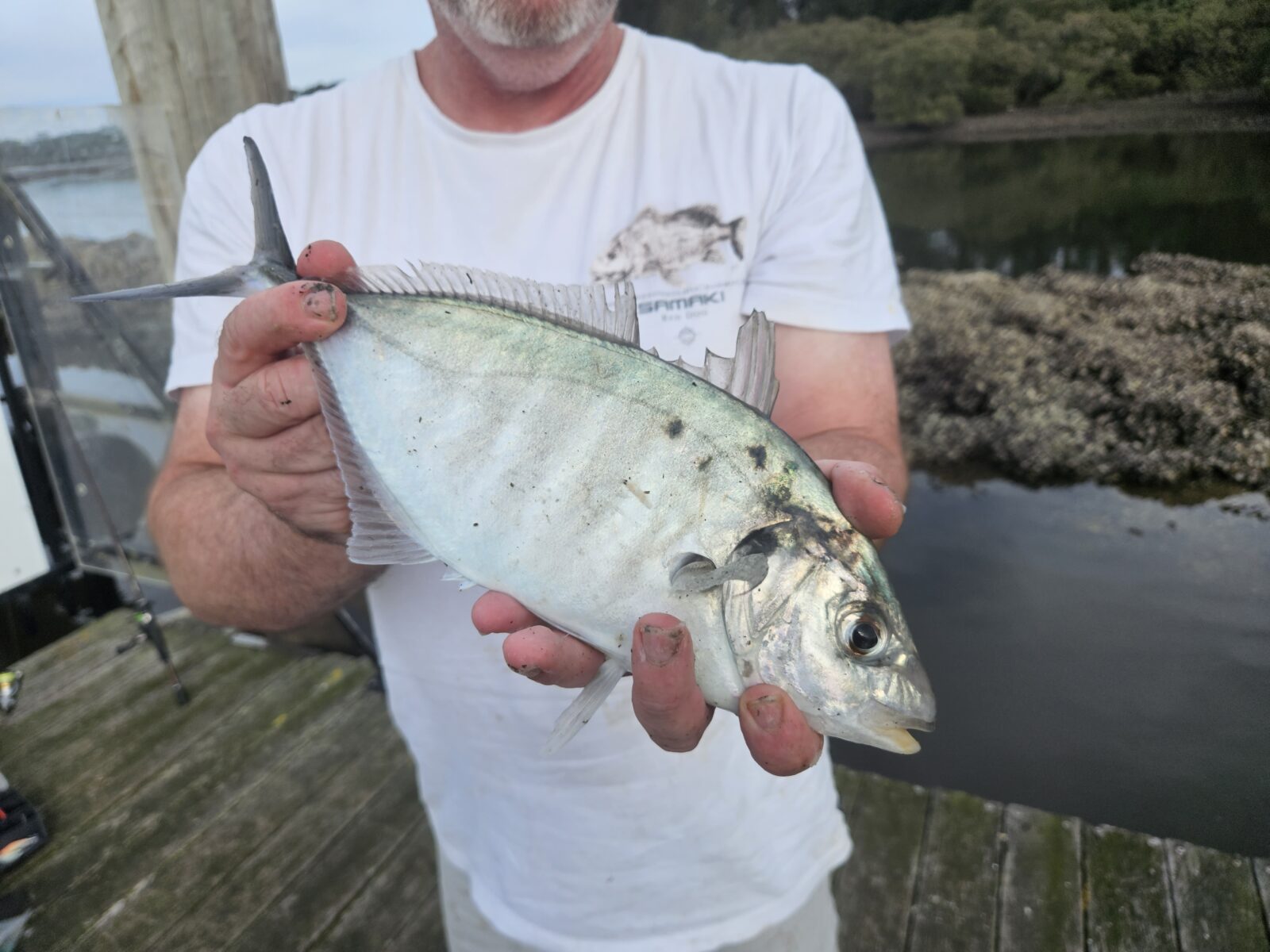
At the end of most sessions on the river, Josh and his clients will have caught dozens of bream, a few flatties and – if they can stop one – a mulloway or two.
From time to time, he also adds salmon, tailor, trevally and flounder to his bag. He even lands a few snapper and bonito.
He heads back to the ramp and cleaning tables and usually finds he’s the only one on the river that day to have experienced any genuine success.
He is absolutely convinced that the major difference between his results and the fortunes of others is berley.
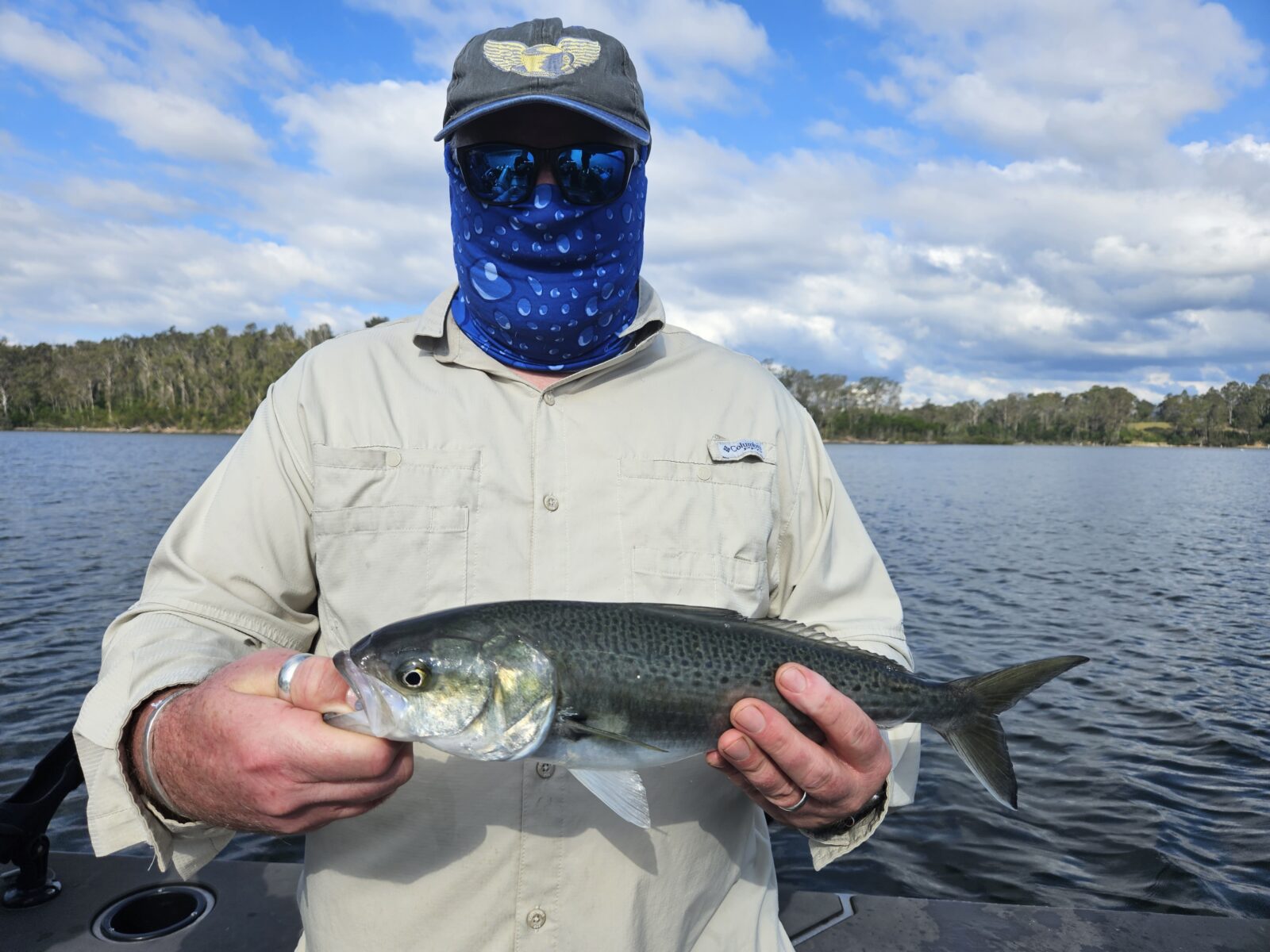
The fish he cleans for clients to take home are the proof. They’re almost always chock-full of chunks of fish and his secret concoction.
Fishing with Josh a number of times over the last 18 months has given me a new appreciation for the power of berley in the estuaries.
Like many fishos reading this, I got so caught up in lure fishing the creeks and inlets over the last 10 to 15 years, I almost never stopped to try my luck with bait.
So, on a few of my most recent rips, I’ve taken a leaf from Josh’s book and discovered that pairing fresh baits with a liberal use of berley is arguably the most deadly fishing technique in the southern estuaries.
Back to basics
Berleying for estuary species like bream, trevally and flathead is a technique that’s almost as old as fishing itself.
Read any estuary fishing article written pre-1990 and it will almost always extoll the virtues of berley.
But when estuary lure fishing – especially soft plastics fishing – exploded in the mid-90s, a lot of anglers shelved the technique.
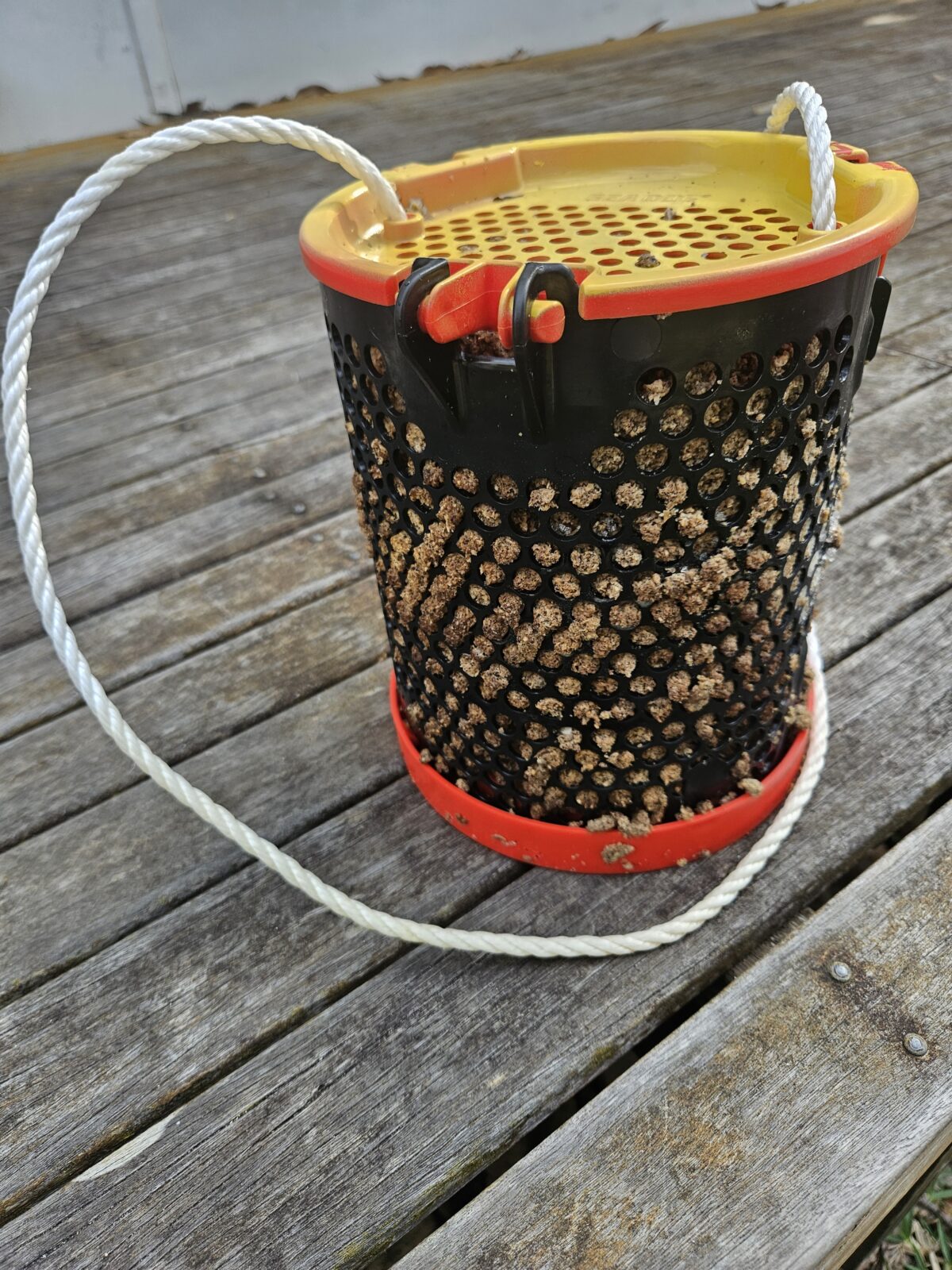
Today, you don’t see many estuary fishos taking the time to deliberately and strategically burley fish to the boat – or to their feet if they’re land-based.
It’s so foolproof though, so I’ve been giving it a red-hot go of late.
This year in particular I have gone back to basics, doing a lot of light tackle bait fishing with my teenage son in the rivers and lakes on the NSW far south coast.
Thanks to the power of berley, these sessions have been highly productive – and all have been land-based.
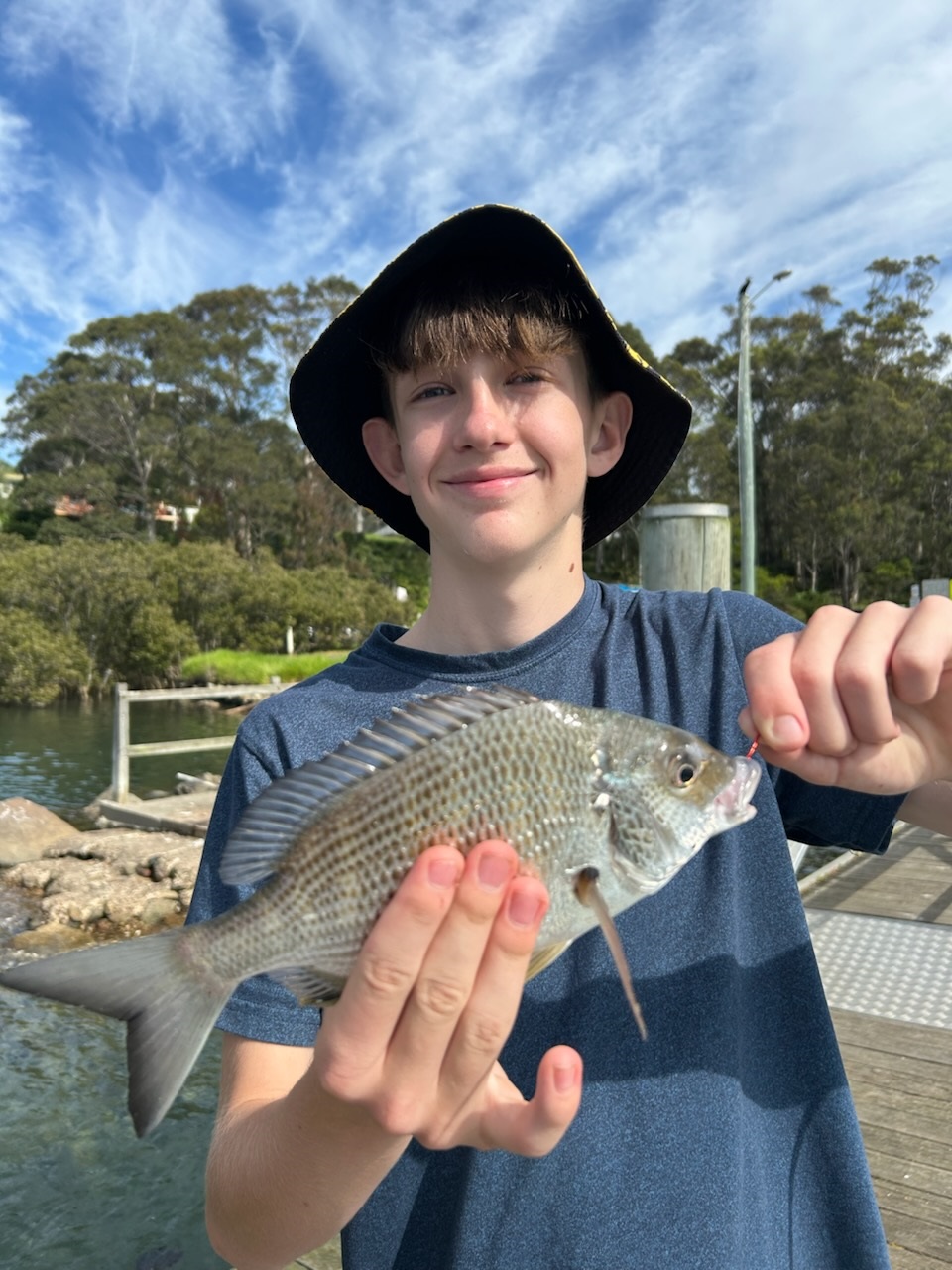
Josh is always mindful to fish with precisely the same baits as he’s using for berley, and we’ve been doing likewise.
For instance, when using lightly weighted pilchard baits off the rock walls and jetties, we‘ve been careful to berley with pilchard pieces only.
Similarly, when we’ve drifted cubes of striped tuna in the current, we’ve used stripy for berley.
A steady stream of big yellowfin bream, solid silver trevally, chopper tailor, flathead, flounder and even a few luderick have warmed to our approach and taken our baits.
I’m certainly a berley fan now, without question.
No run, no fun
Once you have your fresh baits and establish a well thought out berley trail, the most important ingredient is water movement.
A berley trail is only truly effective if it can disperse far and wide – and that’s where tidal flow comes in.
Josh always uses the phrase, “No run, no fun”, which we’ve all heard before. But it’s so true.
Time your sessions with decent tidal flow and you’re in with a shot.

Water movement is a double-edged sword, though.
Neap tides – tides with the smallest amount of fluctuation – are ideal because the berley travels, but isn’t completely carried away by the current.
Spring tides – characterised by “low” lows, “high” highs and significant water movement – are much harder to fish handle with berley. It can still be done, though.
Regardless, keep adding to your trail on a regular basis, be patient and the rewards will come.
It won’t be long before you, like me, are a convert to the power of berley.
Visit badenochcharters.com.au or follow them on Instagram and Facebook.












